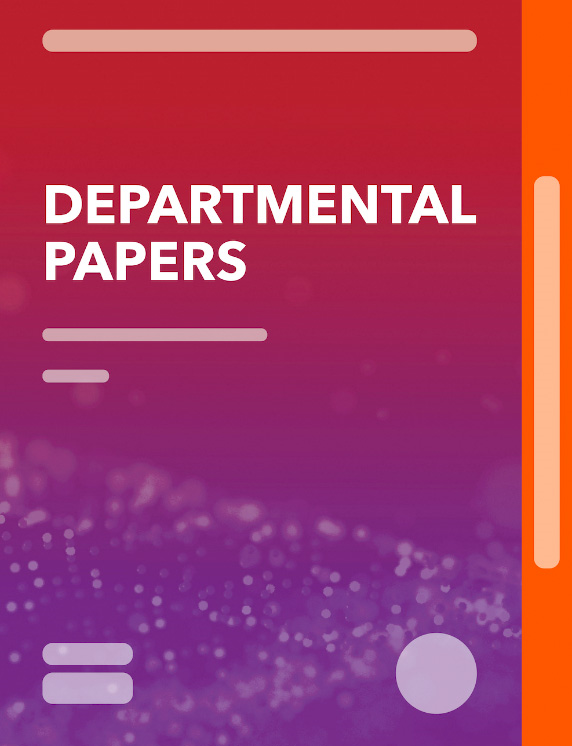Contrasting Monetary Regimes in Africa
May 1, 1997
Disclaimer: This Working Paper should not be reported as representing the views of the IMF.The views expressed in this Working Paper are those of the author(s) and do not necessarily represent those of the IMF or IMF policy. Working Papers describe research in progress by the author(s) and are published to elicit comments and to further debate
Summary
In post-independence sub-Saharan Africa, institutional arrangements for monetary policy have taken a variety of forms, although the historical evolution of many African financial systems has been similar. This paper identifies five different regimes and examines how they evolved over time. It focuses on how the alternative institutional arrangements have influenced the performance of monetary policy under fiscal pressure, and concludes that, although the trend appears to be toward more flexible regimes, the transition to greater flexibility can exacerbate problems of credibility and of macroeconomic management.
Subject: Banking, Credit, Currency boards, Foreign exchange, Government debt management, Inflation, Money, Price stabilization, Prices, Public financial management (PFM)
Keywords: Africa, Central Banks, CFA government, country, Credit, Currency boards, development bank, exchange rate, Global, government, government credit, Government debt management, Inflation, monetary management, Monetary Policy, Price stabilization, printing press regime, regime II, regime IV, regimes II, state enterprise, WP
Pages:
48
Volume:
1997
DOI:
Issue:
064
Series:
Working Paper No. 1997/064
Stock No:
WPIEA0641997
ISBN:
9781451848526
ISSN:
1018-5941






